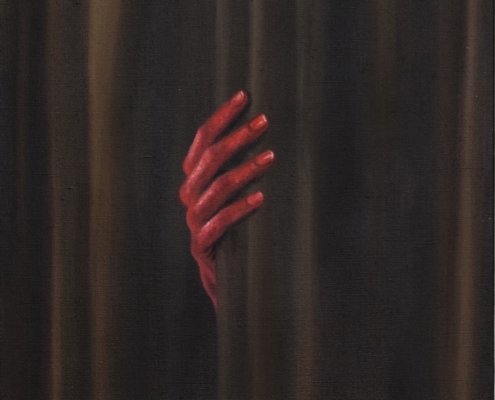Since the beginning of your career, you redefine the sculptural object; I’mI’m thinking about your body of work, one minute’sminute’s sculpture and photographic sculptures, for example. Could you give me your definition of sculpture in 2021?
Well, that is a complicated question. I can’t just talk about me. In my definition, a sculpture can be everything. In the traditional way, it’s a three-dimensional object. It also includes people who are doing something with it. So it’s also in action or a movement.
From your point of view, what is the role of the sculptor in contemporary society?
Everybody tries to fulfill an essential role in society, to make sense. But I think that the artist, from my understanding, is someone who does not produce sense. He makes non-sense, it does not mean stupid. Non-sense, in a way creates a free space.
I got in my mind your fat cars. Are they functional? For what kind of person did you imagine them?
The fat cars are not functional. They are just the idea of a technical object combined with a biological structure, which is growing. Maybe in the future this will also happen to us and we will function like this. It is also about to make an example of what basic sculptural work is or means adding volume or taking volume away. By adding and changing volume, we change content. And then the question was: what is happening if I do the same with the car?
I have noticed that one of your series is entitled “abstract sculptures”. I think it’s interesting as they all are realistic sausages compositions. Furthermore, most of them got a precise title as “dog”, for example. Could you explain your definition of abstract sculpture ?
I wanted to play with the abstract notion, and I wanted to lead the people in a certain way to the pieces. Because, of course, they are sausages but to call them abstract would lead the people away from it. I invite the public to look at them as sausages and also as part of an abstract world. The sausage is an icon of middle European food. It came with a particular habit of thinking about the world and the man dominated world. It became more and more critical.
 https://www.nastymagazine.com/wp-content/uploads/2024/07/WEB2-1.jpg
823
895
Editor Nasty
https://www.nastymagazine.com/wp-content/uploads/2015/02/new-logo-basker-WHITE4.png
Editor Nasty2024-07-24 12:01:502024-07-24 12:02:03Mia Middleton / Fleeting Phenomena
https://www.nastymagazine.com/wp-content/uploads/2024/07/WEB2-1.jpg
823
895
Editor Nasty
https://www.nastymagazine.com/wp-content/uploads/2015/02/new-logo-basker-WHITE4.png
Editor Nasty2024-07-24 12:01:502024-07-24 12:02:03Mia Middleton / Fleeting Phenomena













